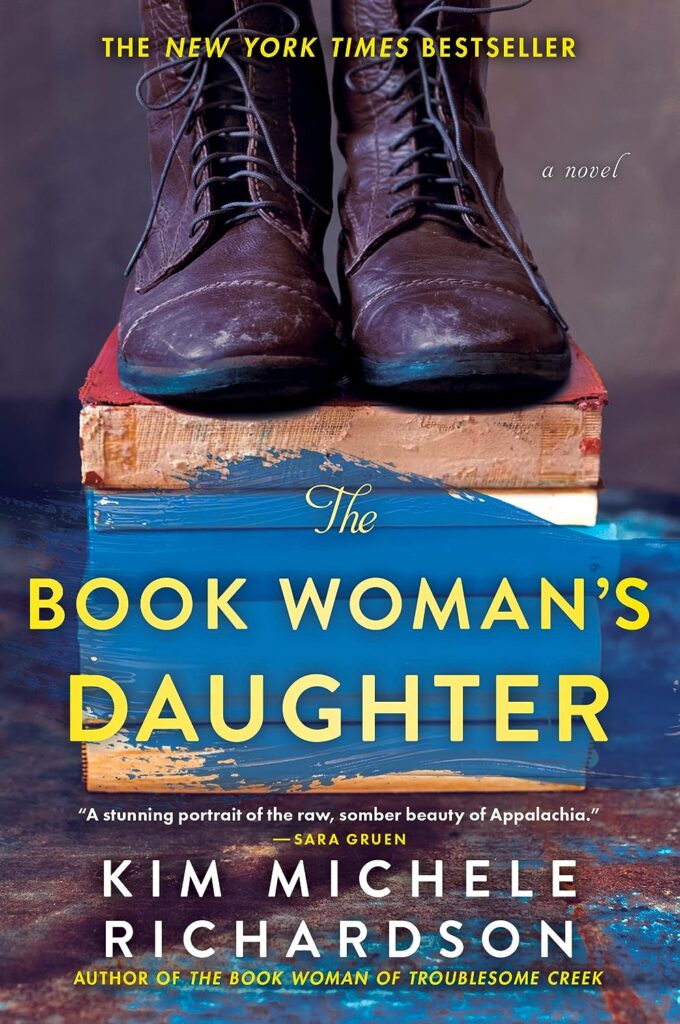The Book Woman’s Daughter, a novel by Kim Michele Richardson and sequel to The Book Woman of Troublesome Creek, is a well-written, stark reminder of the deep prejudices of the 1950s, Kentucky.
Honey Lovett, sixteen, is devastated and frightened when her parents are arrested. Both Honey and her mother suffer from a genetic trait, a blood disorder called methemoglobinemia, causing the skin to appear blue. In those days, as recently as the 1950s, particularly in the hills of Kentucky, people with this affliction were considered “colored” and suffered the same stigma given to Blacks. It is forbidden for a white man to marry a Blue, and when Honey was just a baby, her father was arrested and sent to prison for this “crime.” After his release, the family managed to stay hidden for the past few years. But now, as this story opens, her parents are both arrested and sent to prison for the crime of interracial marriage.
At sixteen, Honey is left on her own, which by Kentucky law, means she was subject to being sent to a work prison until she turns twenty-one. The unfairness of this ruling is appalling, and Honey is determined to live on her own.
Well educated by her mother, Honey turns to her mother’s former occupation as a packhorse librarian. She applies, and is given the job. As her mother did before her, Honey fills a need among the hill people. However, not everyone approves of her job, and some even resent her. But Honey needs this work to prove she can be independent, and be allowed to remain free.
This novel, as its prequel, is a factual accounting of this medical anomaly. People with this blood disorder were shunned and ridiculed. Also true is the accounting of the packhorse librarians who served in the hills of Kentucky. I was fascinated by this novel—the author did an outstanding job of both explaining the medical condition and its ramifications, and also describing life in the rugged and sometimes treacherous hills of Kentucky in the 1950s. Both teens and adults would enjoy this novel.


